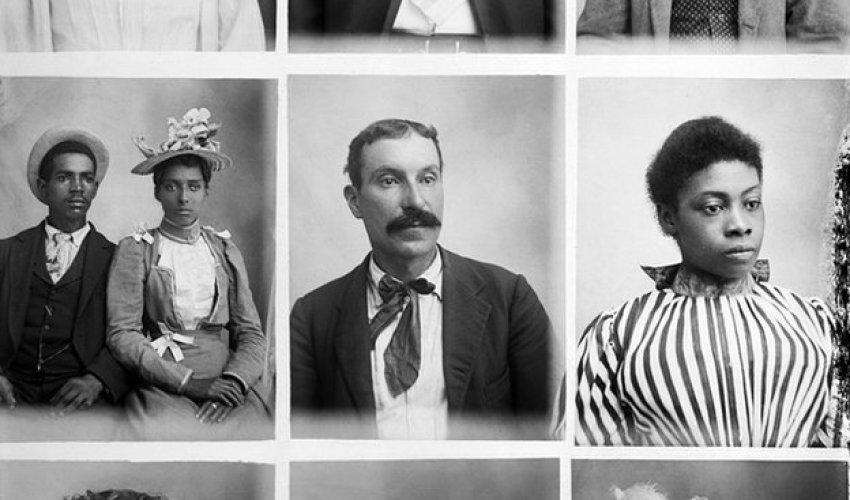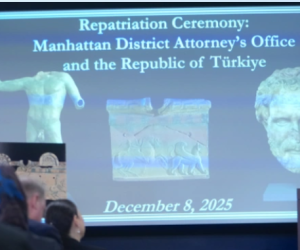The photographer who rejected racism in the American south - PHOTO

"I did not know my grandfather but I am very proud that he was able to capture these people in pictures - whether they were black or white, rich or poor, farmers or businessmen," says Martha Sumler.In an era that was marked by growing racial discrimination and the introduction of what were known as the "Jim Crow" segregation laws, a relatively unknown photographer, Hugh Mangum, did a rare thing - he opened his doors to everyone regardless of their race, gender or how much money they had.Self Portrait of Hugh MangumStarting in the 1890s, Mangum, a self-taught itinerant photographer, travelled on the railroads across North Carolina, Virginia and West Virginia, setting up temporary studios and taking portraits of the people he met.At that time, states in the South were introducing legislation that enforced segregation - restaurants, shops and hotels had to provide separate facilities for black and white people. Marriage between races was illegal, separate schools were established and public transport was divided. The effort to disenfranchise the African-American population in the region was underway.But Mangum's work appears to show that he was a photographer who dismissed this widespread prejudice."Hugh Mangum created an environment that was respectful and very often playful in which people could genuinely reveal themselves - men and women, rich and poor, black and white," says Sarah Stacke, who has curated an exhibition of the photographer's work.So was it uncommon at that time to take pictures of such a diverse range of people?"Within portraiture, I think he's unique for having a completely open studio, for the number of pictures that he took and for the fact that he travelled across states," says Lisa McCarty, Curator at Duke University's David M. Rubenstein Rare Book & Manuscript Library."It really is a unique record of citizens from this region."His photographs are not only unusual for the diverse range of people in them but also because more than a few of his subjects seem to be enjoying themselves."Often at the end of a sequence of pictures, you see people smiling, laughing, throwing their heads back," explains McCarty. "These comfortable and candid poses were a real hallmark of Mangum's style.""To see people smiling in the way that you see in Hugh Mangum's pictures and just having fun - that is incredibly rare for the time," says Stacke.It's not clear if Mangum took these photographs for any political purpose or if he was hoping the images would send a message to those in power who were pushing the segregationist agenda. But photography was being used as a tool for change at that time.(BBC)Bakudaily.Az
Latest news 
More news 



































 Photo
Photo 



 Video
Video 

